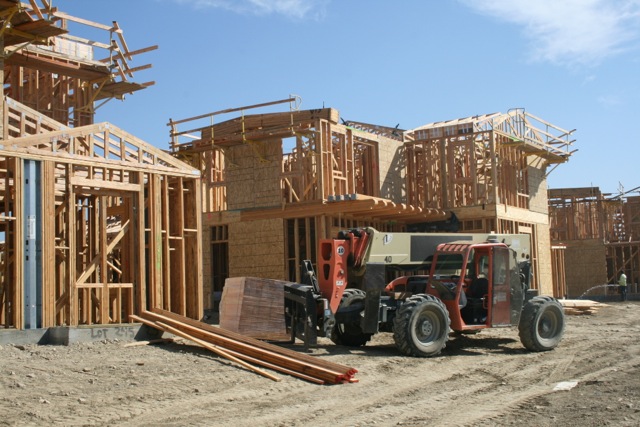
For this blog installment, we asked our Builder Sales Manager, James Facer to share his best advice for builders on how to recommend and sell tankless water heaters in projects. Thanks to James for this excellent advice! Enjoy!
A steadily rising trend on the residential construction scene for more than a decade, tankless water heating is now a legitimate, well-established option for most builders. They no longer wonder how that little box hanging on the wall actually works, or whether it can keep up with a homeowner’s hot-water needs. Today, builders want to know how tankless can work for them, helping them sell their homes in a market that is eager for products that cut energy costs and deliver a payback.
This shifting perspective inevitably impacts the kinds of questions I get from builders on tankless. Most relate to the utility, economic viability and marketability of the product — as well as how to promote these advantages to a buyer.
For me, the easiest way to recall the key benefits of tankless technology in the home is to think of a little word you and your people likely use everyday in your business — S-P-E-C.
- Space savings: Substituting a wall-hung tankless water heater for a conventional tank model frees up approximately nine additional square feet. Multiply that by the cost per square foot of the homes you are building, and you’ve put a hard-dollar value on going tankless. That space and dollar savings could translate, for example, into something of genuine worth to the buyer, such as an additional closet, a larger family room, etc.
- Positioning: Tankless water heater represents a paradigm shift in homebuilding in so many ways. One is to get builders to “think outside the mechanical room,” by way of maximizing the overall value of tankless for the homeowner. Because of their medicine-cabinet size, tankless water heaters fit neatly into many different places: crawl spaces, utility closets, attics, garages, and so forth. By getting involved with the builder at the design stage of a project, a manufacturer like Noritz can help him position the water heater in a more centralized location. That, in turn, should reduce the length of vent runs and eliminate chases and soffits — once again, freeing up space for better and more marketable uses.
- Energy Factor: Builders are looking more closely than ever at tankless. Why? Because they know — and their buyers increasingly know — domestic hot water represents the second largest usage of energy in American households, according to the U.S. Department of Energy. Condensing, gas-fired models have an Energy Factor of .93 or .94, while a mid-efficiency unit has a .84 EF. That typically translates into an annual operating cost of around $200. Compare that with $350 in annual costs for a standard tank water heater with an EF of .62. Today’s buyer wants lower energy bills, and tankless can go a long way toward meeting that demand, but without sacrificing comfort or convenience. Which brings us to the final letter…
- Comfort and Convenience: Tankless technology inevitably brings significant life style improvements. Say, for example, you have relatives staying at your home over a long weekend. If your hot water comes from a tank-type water heater, you may need to schedule your bathing times to be sure there’s enough hot water for everyone.
Or never mind overnight guests: Maybe you don’t really have enough hot water to accommodate your own family’s needs. Do you refrain from using your soaking tub, because no one can shower for an hour afterward while the water heater recovers? Does your bath have dual showerheads that provide only nine or ten minutes of truly hot water before the shower turns lukewarm?
A properly sized tankless system eliminates the worry over whether there’s enough hot water for all the members of your household all the time. Tankless is an automatic technology with no storage and no shortage of hot water. Continuous hot water will be there — on demand — whenever you need it, for however long you need it.
